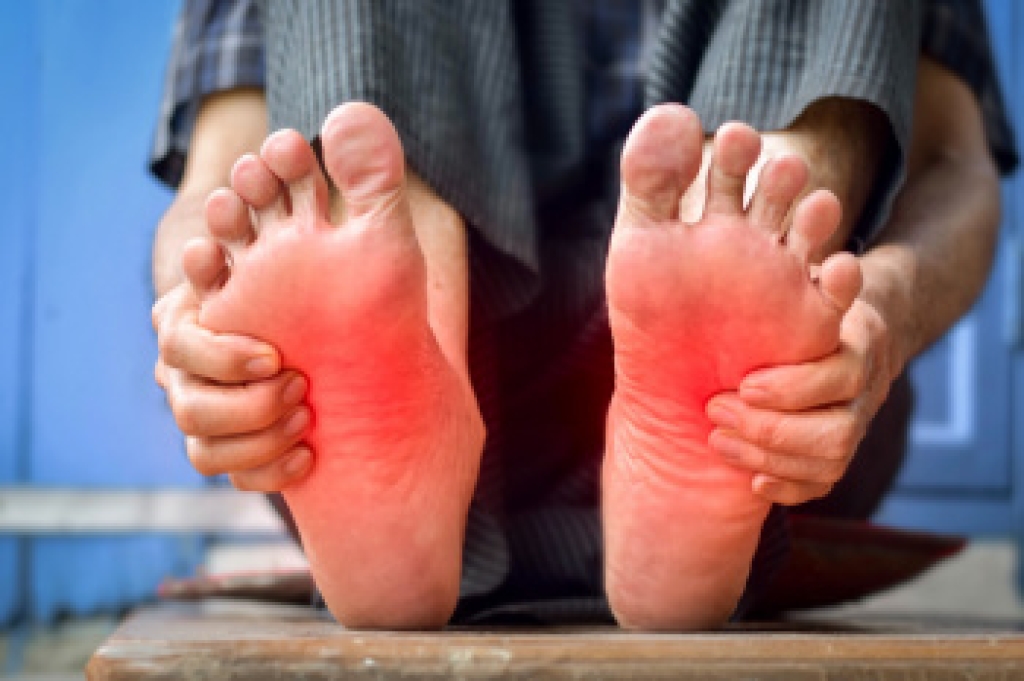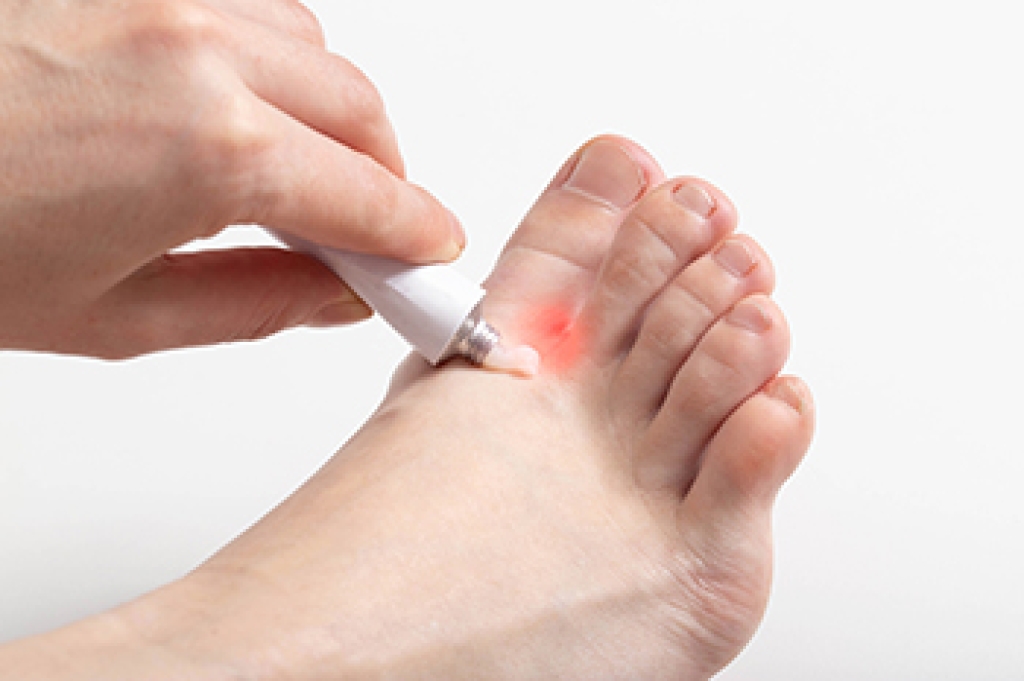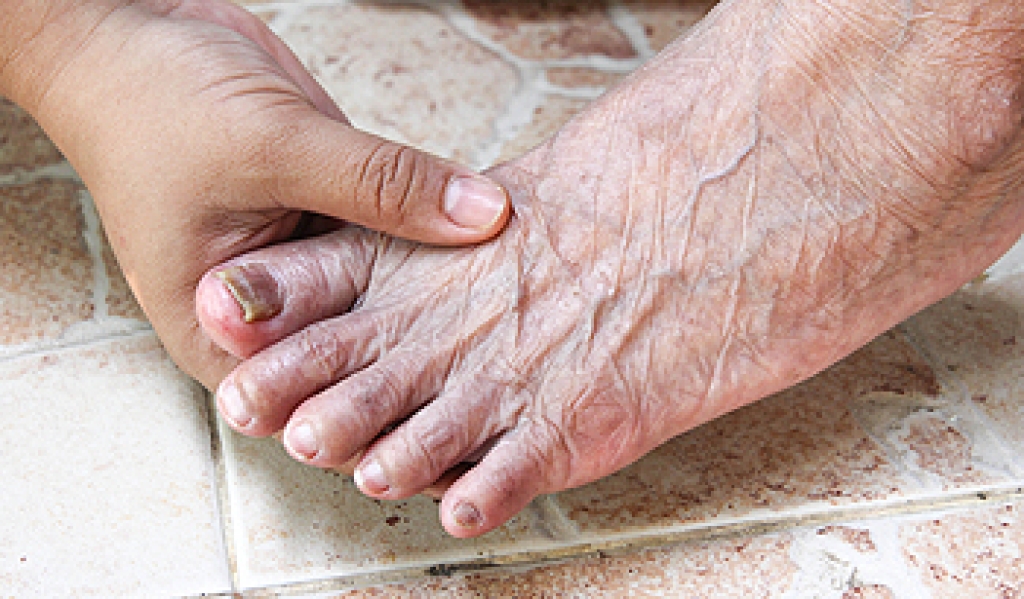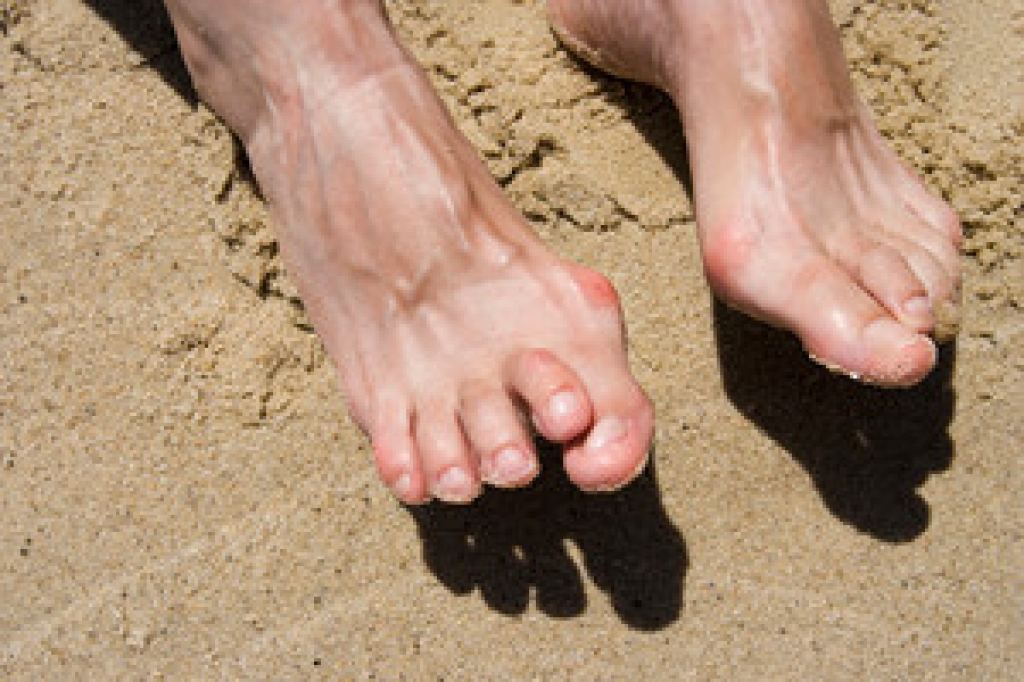
Weill Marchesani Syndrome is a rare genetic condition best known for its impact on the eyes, joints, and overall body structure, yet it can also influence foot mechanics in ways that affect mobility and daily comfort. Individuals with this condition often have short, broad hands and feet, along with stiff joints that limit flexibility. When the joints of the feet are less mobile, walking can place extra strain on the arches, heels, and forefoot. Some people develop a flat foot structure or experience difficulty with balance because the feet cannot adapt easily to different surfaces. Tightness in the tendons may contribute to discomfort during activity, while reduced joint motion can lead to early fatigue or altered gait patterns. A podiatrist can help by evaluating foot alignment, identifying pressure points, and recommending supportive footwear or custom orthotics to improve comfort and stability. If you have this rare disease, it is suggested that you get regular foot monitoring by a podiatrist to prevent secondary issues such as calluses, tendon strain, or joint pain.
Some foot conditions may require additional professional care. If you have any concerns, contact Steven Ginex, DPM of Palm Desert Podiatry. Our doctor can provide the care you need to keep you pain-free and on your feet.
Rare Foot Conditions
The majority of foot conditions are common and can be treated by a podiatrist. Standard diagnostic procedures are generally used to identify specific conditions and treatment can be rendered. A podiatrist also treats rare foot conditions which can be difficult to diagnose and may need extra attention and care.
There are many rare foot conditions that can affect children. Some of these can include:
- Freiberg’s disease
- Kohler’s disease
- Maffucci syndrome
Freiberg’s disease - This can be seen as a deterioration and flattening of a metatarsal bone that exists in the ball of the foot. It typically affects pre-teen and teenage girls, but can affect anyone at any age. Symptoms that can accompany this can be swelling, stiffness, and the patient may limp.
Kohler’s disease - This often targets the bone in the arch of the foot and affects younger boys. It can lead to an interruption of the blood supply which ultimately can lead to bone deterioration. The patient may limp or experience tenderness, swelling, and redness.
Maffucci syndrome - This affects the long bones in a child’s foot leading to the development of abnormal bone lesions. They are benign growths and typically develop in early childhood and the bones may be susceptible to breaking.
A podiatrist can properly diagnose and treat all types of rare foot conditions. If your child is affected by any of these symptoms or conditions, please don’t hesitate to call our office so the correct treatment method can begin.
If you have any questions, please feel free to contact our office located in Palm Desert, CA . We offer the newest diagnostic and treatment technologies for all your foot care needs.




